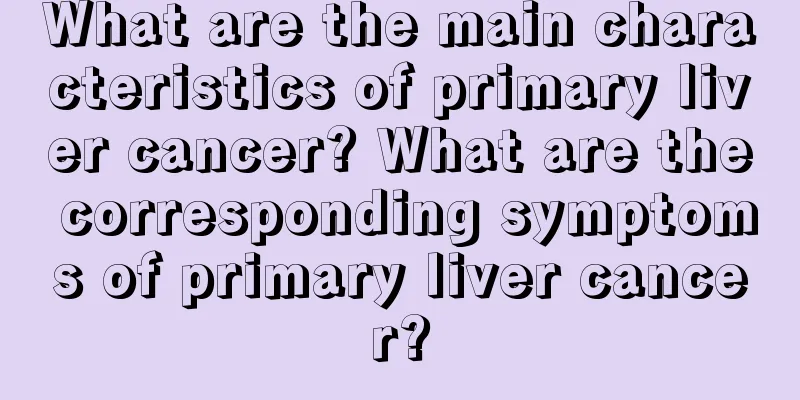The symptoms of tongue cancer are very similar to ulcers. How can we distinguish whether it is tongue cancer?

|
Tongue cancer is a common malignant tumor in the oral and maxillofacial region. It is more common in men than in women. Most cases are squamous cell carcinomas, especially in the anterior part of the tongue, mostly at the root of the tongue. Lymphoepithelial carcinoma and undifferentiated carcinoma may also occur at the root of the tongue. Today, I will introduce some early symptoms of tongue cancer in detail. Let's take a look at the following content. Early symptoms of tongue cancer 1. Tumors mostly occur on the edge of the tongue, followed by the tip, back and belly of the tongue. There may be a history of local leukoplakia or chronic irritation factors. 2. It is often ulcerative or infiltrative, grows fast, causes obvious pain, and is highly infiltrative. 3. There may be limited tongue movement, difficulty in eating and swallowing. 4. Cervical lymph node metastasis often occurs in the early stage. How to differentiate tongue cancer 1. Differentiate between traumatic ulcers: Traumatic ulcers are usually located behind the lateral edge of the tongue, and are often stimulated by the corresponding parts (sharp edges of teeth, misaligned teeth, etc.). The ulcers are also deeper, with a grayish-white pseudomembrane on the surface and a soft base. Tips: If the ulcer heals on its own after removing the irritant, it is a traumatic ulcer. If it still does not heal after removal, it is best to perform a biopsy in time to confirm the diagnosis. 2. Differentiate between tuberculous ulcers: Tuberculous ulcers are mostly found on the back of the tongue, and occasionally on the tip and edge of the tongue. The ulcers are superficial, purple-red, with irregular edges, and are insidious lesions with a small mouth and a large bottom like a rat bite, with no infiltration of the base. Tips: Do you have a history of tuberculosis? 3. If there is an ulcer or foreign body on the tongue that has not healed for more than two weeks and you are unable to identify it yourself, it is best to go to the hospital's dental department for examination and identification. Tips: Biopsy is helpful in the diagnosis of tongue cancer; imaging examinations such as X-rays, tomography and CT are of diagnostic value in determining the invasion range of tongue cancer; cervical lymph node biopsy is of certain significance in the diagnosis and staging of the disease. |
<<: What causes renal hamartoma
>>: Painless hematuria alerts you to bladder cancer. Three small measures to prevent bladder cancer
Recommend
Is it possible to treat vision defects without glasses?
Nowadays, there are more and more people sufferin...
What is the disease of chest tightness and shortness of breath after meals
Chest tightness and shortness of breath after mea...
Several aspects that need attention in preventing kidney cancer
The occurrence of kidney cancer is closely relate...
What to do about anxiety?
Due to work pressure, the pace of modern people&#...
Deciphering tips for summer sun protection
In the scorching summer, the skin is most vulnera...
If your palms feel numb, beware of four types of patients
In daily life, many people have experienced numbn...
Beauty queen Da S has a secret recipe to get rid of freckles
As we all know, Big S has always been known as th...
Is lung cancer contagious? Common knowledge analysis on contagious lung cancer diseases
Lung cancer is not contagious, but it is heredita...
According to traditional Chinese medicine, chapped lips are caused by liver fire
In autumn and winter, the weather is relatively d...
How to detoxify the neck lymph nodes?
The lymphatic system is the most important circul...
How to kill a pangolin
Pangolins were very common in our daily lives in ...
What exercise helps prostate cancer
Exercise therapy for prostate cancer can mainly p...
How to treat swollen axillary lymph nodes
How to treat swollen axillary lymph nodes? Many f...
How to prevent breast cancer? Pay attention to these 3 points
To prevent breast cancer, first of all, you need ...
What are the symptoms of pubic cancer
The symptoms of pubic cancer are mainly local pai...









